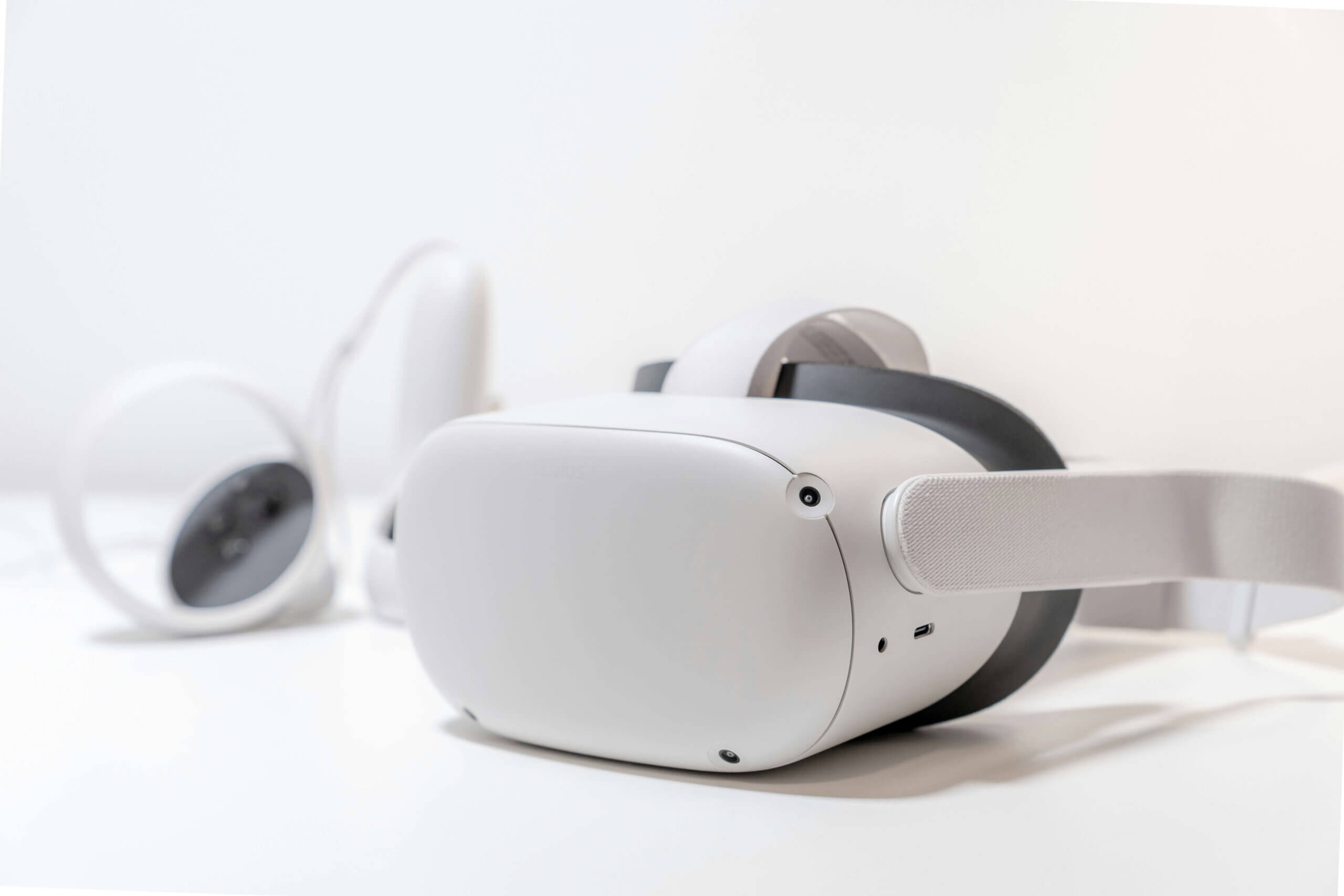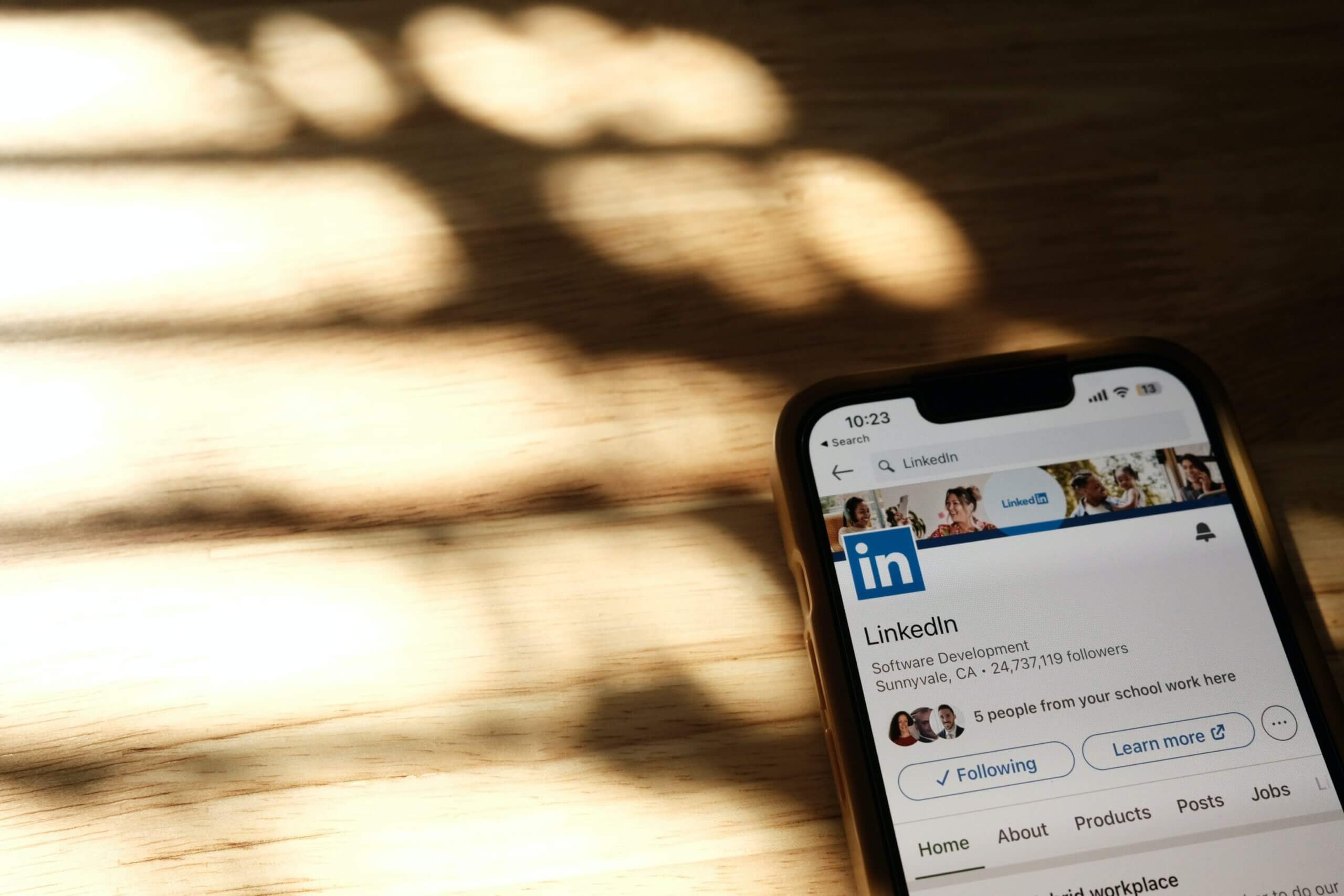Let’s talk ads. No, really — those sneaky little banners that seem to know when you’re craving a spontaneous trip to Italy or hunting for that perfect piece of abstract art in Berlin.
That’s a demand-side platform (DSP) working its magic. The unsung heroes of the digital world, DSPs don’t just throw ads across the web like confetti; they’re precise, targeted, and oh-so-sneaky, finding you wherever you are, from Buenos Aires to Berlin.
The twist? It’s not just about getting global reach. It’s about being local, really local. That ad you see in your favorite corner café isn’t just a random pop-up. It’s part of a sophisticated plan designed to speak to you in your language and with your vibe.
The Role Of Demand-Side Platforms In Digital Marketing
1. Global reach: The DSP’s quest for world domination
Think of DSPs as digital hitchhikers, always hopping from one website to another, showing up at the exact right time. They don’t sleep, they don’t stop, and they don’t miss a single opportunity to put a brand’s message in front of you. Whether it’s a global tech company promoting its latest gadget or a small travel app offering tips for a hidden beach in Thailand, DSPs are the engines behind these campaigns.
DSPs help brands scale effortlessly across multiple regions. Need to run a campaign targeting logistics companies in the U.S. and art collectors in Europe? Done. You can do all that from a single dashboard without ever leaving your couch.
Real chaos enters here—they’re not just throwing ads out like dart players in the dark. No, DSPs are like master chess players, placing bids in real time and reacting faster than you can blink. Want to reach someone who’s in the middle of planning their next hiking trip to the Alps? DSPs got you.
DSPs aren’t just another tool—they’re the backbone of any global ad strategy. The power to reach vast audiences is impressive, but tailoring that message locally? That’s the real game-changer.
2. Local impact: Ads that speak your language (literally)
Imagine you’re walking down the streets of Barcelona, and BAM — an ad for a local art gallery that’s hosting an exhibition of surrealist works. Or maybe you’re traveling through Tokyo, and an ad pops up for a logistics summit. How do these ads feel so right? It’s all about localization. DSPs aren’t just blasting the same generic message everywhere — they’re tweaking, adjusting, and refining.
You wouldn’t sell snow boots in Rio de Janeiro, right? So why show the same ad across every region? With DSPs, you can tailor your campaign to speak the language of the market, literally and figuratively. The imagery, the tone, even the font — everything can be customized. It’s like sending a personal message, not a mass email.
Pro tip: If you’re using DSPs for a global campaign, don’t just translate your ads — localize them. Understand the culture. What works in one place might fall flat somewhere else. In Italy, maybe you lean into the history and art. In Tokyo? Minimalism is key.
3. Controlled chaos: Real-time adjustments for real results
Here’s where things get a little wild — in the best way possible. In the world of DSPs, nothing is set in stone. The beauty of these platforms lies in their ability to adjust on the fly. Imagine running a campaign in New York, and it’s crushing it. Meanwhile, your ad spend in London isn’t doing as much as you’d hoped. With DSPs, you can switch things up instantly — no need to wait for days or weeks.
This is programmatic advertising at its best. No more guessing games. If something’s not working, you’ll know right away, and you can tweak the campaign in real time. More ad spend in Paris, less in Berlin — boom, done.
4. The perfect blend: Global strategy meets local tactics
You want the best of both worlds. A global presence that feels personal wherever it lands. That’s what DSPs do—taking the big-picture strategy and merging it with localized tactics. You can run a campaign that feels massive but speaks intimately to each individual market.
Running a campaign for a travel app? Your global strategy might be to push it as the go-to app for adventure seekers. But in Brazil, you could showcase stunning beach destinations, while in Germany, you highlight the best hiking trails in the Black Forest. It’s the same app but a totally different vibe. All thanks to DSPs.
Personal advice: When using DSPs, think globally but act locally. It’s not enough to just get your message out there—you have to make sure it’s landing the way you want it to in each market.
5. Localized сreativity with пlobal results
Imagine launching a travel app designed for art enthusiasts. The app helps people discover hidden galleries and cultural landmarks in cities worldwide. Now, if you run a generic campaign, you’ll miss out on the nuances. But with a DSP, you can tailor your messaging. Maybe in Berlin, the focus is on street art tours, while in Tokyo, the campaign highlights traditional tea houses that double as art venues.
By tapping into DSP’s capabilities, you’re not just blasting the same message globally. You’re giving it flavor, seasoning it differently for every audience.
Conclusion
In the end, DSPs aren’t just about reaching as many people as possible. It’s about reaching the right people in the right way. From logistics pros to art lovers, DSPs help brands create campaigns that feel global but land with local precision. The result? Ads that don’t just show up — they connect.





